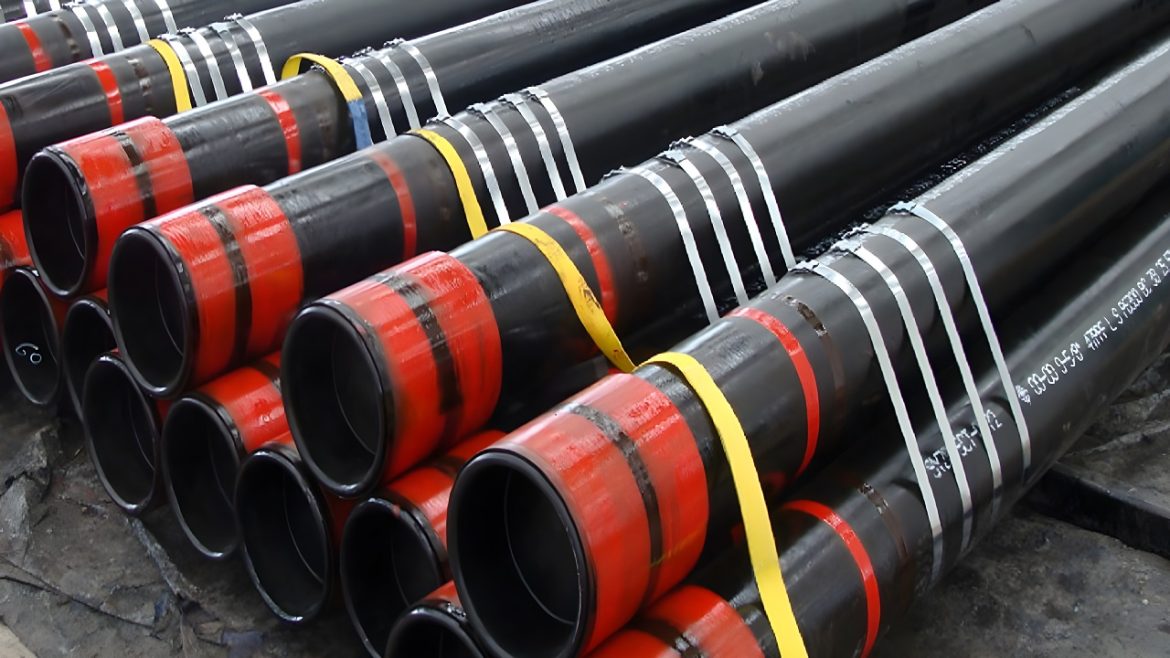Reliability and safety are paramount during the oil and gas transportation process. Pipelines used to transport these precious materials must pass numerous tests to ensure they are in good working order, one of the most important being the Drop-Weight Tear Test (DWTT). The safe transport of oil and gas is greatly aided by this specialized testing procedure, which evaluates the fracture toughness of steel pipes. Check out the API 5L X56 Steel Pipeline by clicking on the link.
Understanding DWTT
Steel’s resistance to brittle fracture can be measured with the Drop-Weight Tear Test (DWTT), a mechanical test. Understanding a material’s resistance to brittle fracture is crucial in the context of oil and gas transportation pipelines due to the pipelines’ potential exposure to a wide range of stresses and harsh environmental conditions. In DWTT, a specimen that has been notched or pre-cracked is hit with a load in an effort to replicate the effects of a sudden stress. The toughness and resilience of a material are measured by studying its response to sudden, extreme loads.
Protecting Pipelines
To guarantee the security of oil and gas transportation, DWTT is typically performed on pipeline materials. Pipelines are vulnerable to a wide variety of environmental stresses, such as temperature shifts, pressure variations, and even subtle shifts in the ground itself. To avoid catastrophic failures, pipelines must be able to withstand brittle fracture in the face of sudden impacts or stress surges.
Testing the Resistance to Fracture
Understanding steel’s fracture toughness has never been easier thanks to DWTT. The ability of a material to resist the spread of cracks or fractures is referred to as its “fracture toughness.” Under the right circumstances, even the smallest crack in a pipeline can cause a catastrophic leak. Testing the resistance of a material to the spread of a crack, DWTT subjects pipe specimens to controlled impact forces. This data is essential for deciding whether or not a given steel grade can be used for life-or-death tasks like the transportation of oil and gas.
Choosing Your Materials
The DWTT test results have a significant impact on which materials are chosen to build pipelines. When deciding what kind of steel to use for different parts of a pipeline, engineers and manufacturers rely on DWTT data. Materials with high fracture toughness can soak up impact energy without breaking brittlely, making them well-suited to withstand the hazards of transportation.
Adherence to Requirements
DWTT is not only recommended, but often required. DWTT testing is required for certain grades of steel used in oil and gas pipelines by many international standards and specifications, including the American Petroleum Institute’s API 5L standard. This guarantees that the materials are safe and up to par with the standards in place.
Conclusion
The integrity of pipelines is crucial to the secure transport of oil and gas. In order to measure the resistance to fracture of the steel used in these pipelines, the Drop-Weight Tear Test (DWTT) is indispensable. DWTT is used to evaluate a material’s resistance to brittle fracture and unexpected stresses by subjecting pipe specimens to controlled impact loads. The integrity and safety of pipelines used to transport oil and gas depends on the results of this test, which plays a crucial role in material selection and adherence to industry standards. The ongoing effort to improve the safety and reliability of oil and gas infrastructure relies heavily on DWTT, which remains an indispensable tool despite advances in technology and testing methods.
